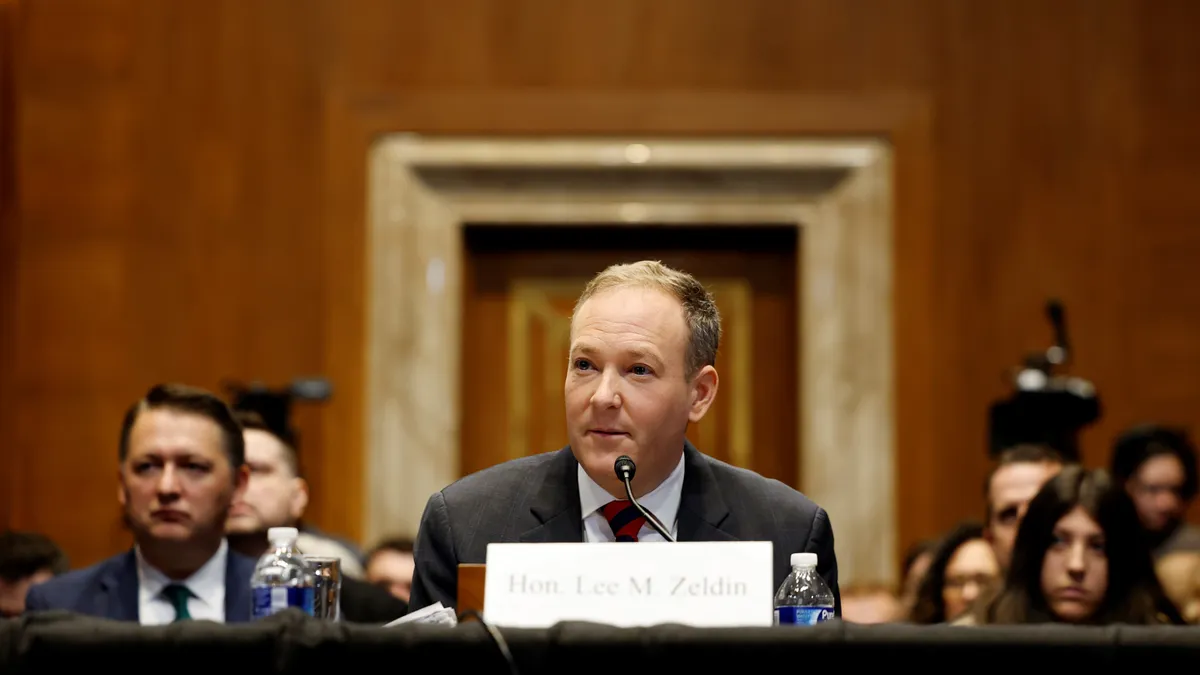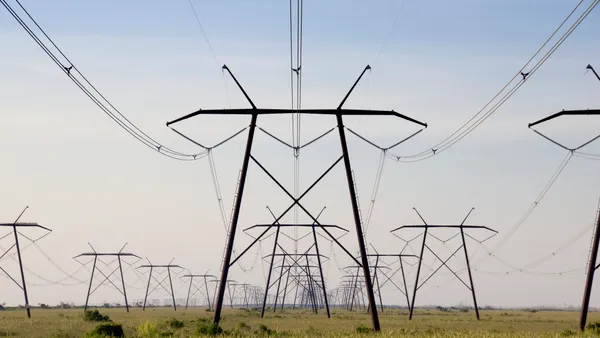Renewable portfolio standards (RPS) are being actively contested in at least 15 states this year and the Union of Concerned Scientists (UCS) has just delivered a big blow to opposition. The group released a report filled with comprehensive data to knock down key arguments from RPS opponents testifying in legislative hearings nationwide.
As the RPS tug-of-war continues to unfold, here are the report’s most compelling findings:
RENEWABLE STANDARDS ARE MAKING PROGRESS
- The 29 states with RPS generated at least 30,000 megawatts (MW) of renewable energy capacity between 1998 and 2011. That’s the equivalent of about 50 coal plants worth of generation. If continued, UCS projects RPS to create 103,000 MW of renewable energy capacity by 2025.
- 96% of utilities have met RPS requirements as of 2010. Many states, such as Texas, Colorado and Minnesota are ahead of schedule, and all but six states have three years’ experience implementing RPS.
COSTS OF RENEWABLE STANDARDS ARE STRATEGICALLY CONTAINED
- Nearly all state RPS policies include cost-containment to protect utilities from higher generation and electricity costs. In a survey of 14 states, all but one state faced cost impacts of 1.6% or less.
- In North Carolina, which recently revived a bill to end RPS requirements by 2021, residential ratepayers were charged only 20 cents extra per month due the RPS. For many states, retail rates didn’t increase past 1%.
RENEWABLE STANDARDS CREATE JOBS AND BRING IN MONEY
- In 2012, wind power made up 42% of all new U.S. electricity capacity generation, totaling 13,000MW and injecting a $25 billion investment and 105,000 full-time jobs in the national economy.
- The solar industry has increased year to year, introducing 102,000 new jobs nationally.
Would you like to see more utility and energy news like this in your inbox on a daily basis? Subscribe to our Utility Dive email newsletter! You may also want to read Utility Dive's look at 11 Twitter accounts you should follow for smart grid expertise.












